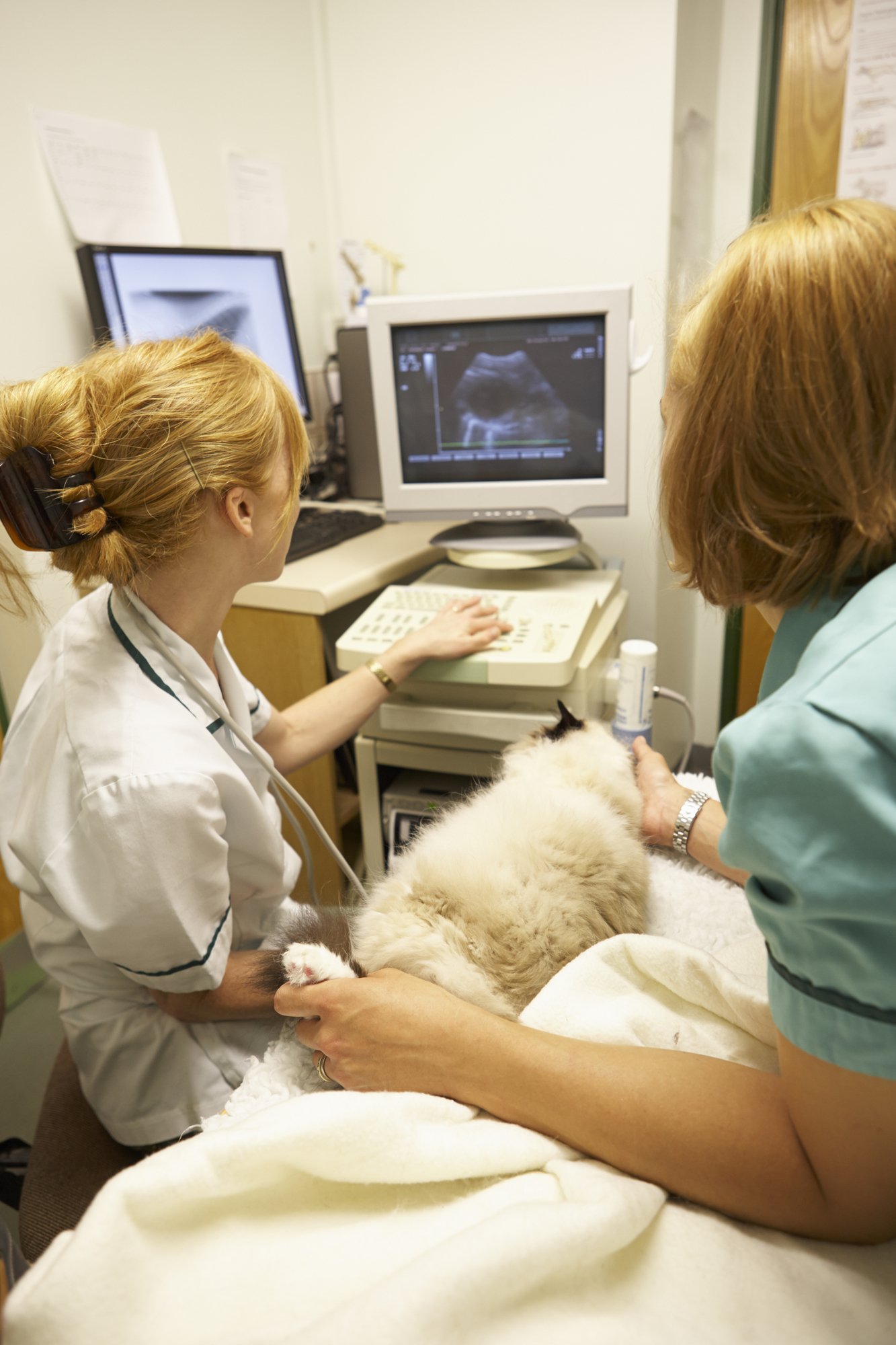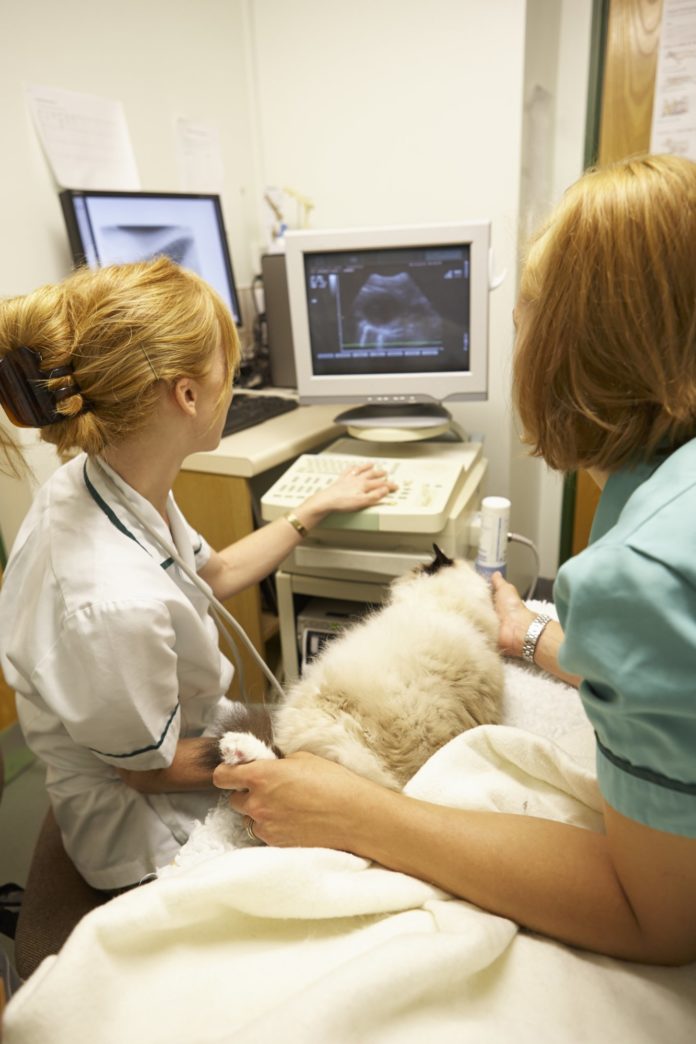Monkeybusiness|DepositPhotos

All too often, a sick older cat is brought to the veterinarian only to be diagnosed with late-stage kidney failure. Chronic kidney failure is one of the most prevalent illnesses in geriatric cats, but early detection and treatment greatly improves the prognosis for these cats. Unfortunately, cats tend to stay quiet when they’re ill and not all owners are aware of the initial subtle symptoms. Kidney disease can develop for months or years before it is detected.
Recent work suggests that an ultrasonographic measurement currently used in human medicine may become a reliable diagnostic tool for early detection of chronic kidney disease in cats. A report from Portugal, published recently in the Journal of Feline Medicine and Surgery, outlines this method for evaluating kidney health and function in cats, with the goal of forestalling renal failure at an early stage.
Ultrasound is a well-recognized diagnostic tool to evaluate the kidneys. A healthy kidney has good blood flow through the organ. An ultrasonic measurement called the renal arterial resistive index (RI) can be calculated by determining the ratio of change in renal (kidney) blood flow velocity between systole (when the heart contracts) and diastole (when the heart relaxes) to the systolic velocity.
It is calculated by the equation:
Resistive Index = (Peak Systolic Velocity – End Diastolic Velocity) / Peak Systolic Velocity
This measurement has been used for human kidney evaluations for years but has not previously been applied to cats. The study gathered 24 cats (six healthy controls and 18 with various degrees of renal dysfunction).
The renal RI was higher for all of the cats with documented kidney disease. Both kidneys had almost identical results, so presumably just one value would be adequate to evaluate overall kidney function. Most of the cats with kidney disease in this study had advanced stages of the disease, and this was a small sample size, so more studies are needed.
Many clinics have ultrasound capabilities on site. At this time, this test appears to be a relatively easy and safe way to evaluate kidney function and hopefully catch any cats heading toward renal failure at an early stage. See our August 2017 issue for more on kidney disease in cats and visit http://www.vet.cornell.edu/fhc/Health_Information/kidneydisease.cfm for more information on feline kidney disease.




